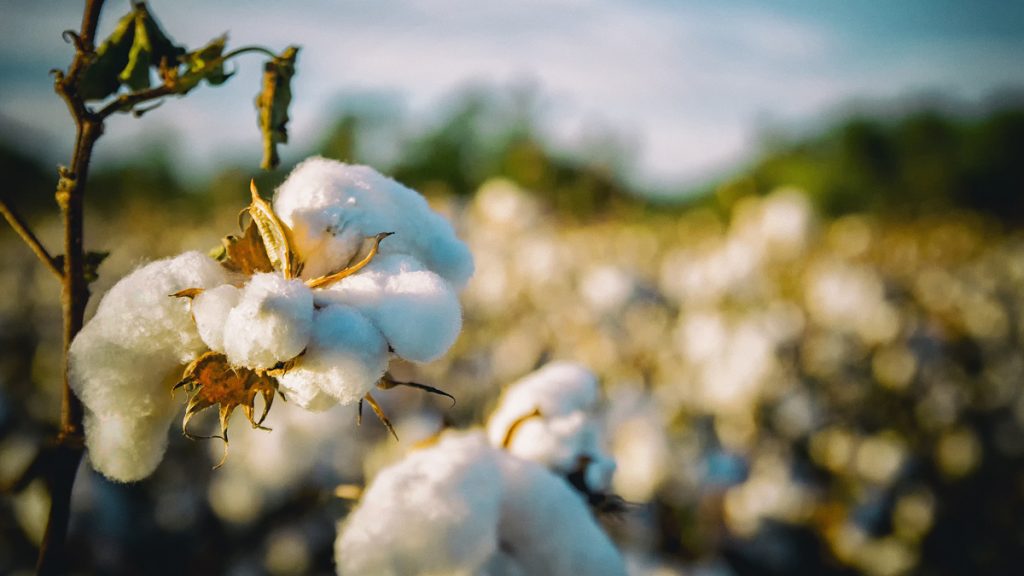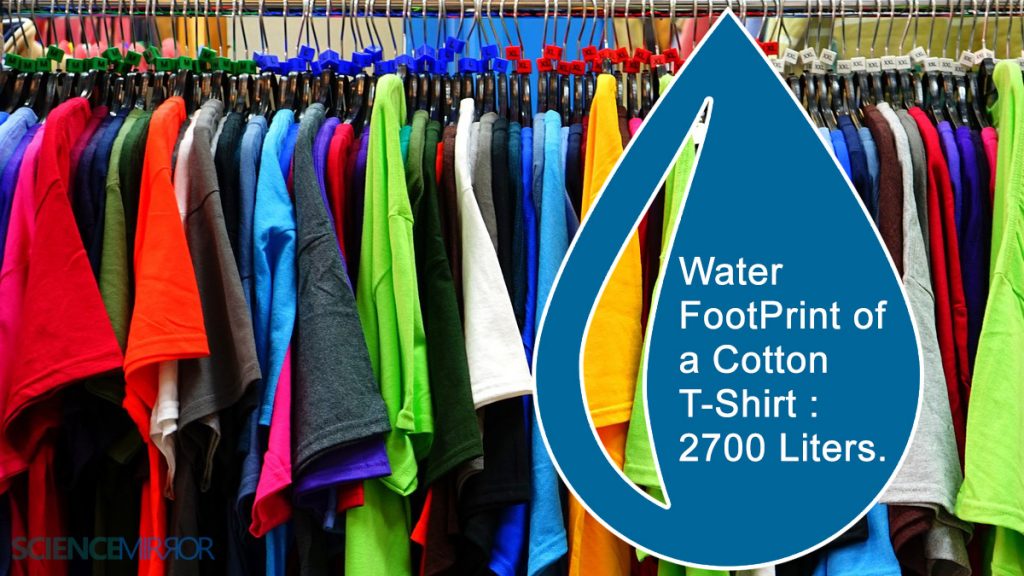Did you think about the water footprint of clothes at your last shopping? You may have bought two or three cloth items without knowing this fact. That is, your favorite cloth has consumed more water than you have been drunk in the last two years.
Yes, this is an impossible fact to believe. But it is the truth. With the climate change debate, we mostly discuss the carbon footprint. And take measures to reduce carbon emission as individuals. But we give little attention to our water footprint as individuals.
The water footprint defines the total volume of fresh water required to produce the goods and services.
Apparel companies make 20 clothing items targeting one head per year. Fast fashion has made this requirement.
Cotton wants more water

Within natural fibers, cotton is the most common fiber in the apparel industry to make clothes. Also, there is a high demand for cotton clothing.
Cotton requires a lot of water to make an end product. According to the World Wildlife Fund, 2700 Liters of water requires to make a cotton t-shirt. This amount of water is enough for one man to survive for two and a half years.

A pair of jeans requires more clothes than a shirt. Yes, It consumes more water. A pair of jeans takes 8000 liters to come to your hand. As an average, cotton fabric drinks 10000 Liters per one Kilogram.
This amount of water represents all stages of production, from raw material preparation to delivery. So, companies able to reduce a little amount of footprint with cleaner production practices. But it is a limited solution.
Why should you care about your clothes’ water footprint?
There is no sustainable alternative for cotton clothes. The synthetic clothes have more carbon footprint than cotton fabric.
In a year, we throw 85% of our garments to bury in landfills. Only 15% of them involve recycling. See, It looks like only wasting clothes. But the underline situation is shorting our water sources.
On this planet, We have limited water sources as potable water. But all of our industrialized products consume these limited freshwater sources. They produce those products targeting our requirements. Therefore as consumers, we can have sustainable practices to save water.
Finally, Before you give your old fashioned clothes to the municipal council garbage truck. Try to reuse, Sell them for recycling companies or think about donating. Then, you will indirectly ensure your water security.


